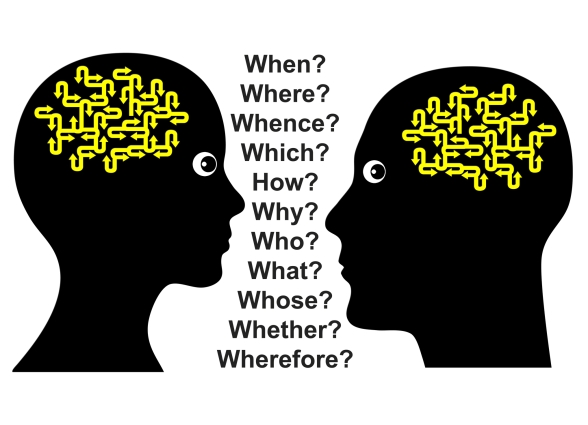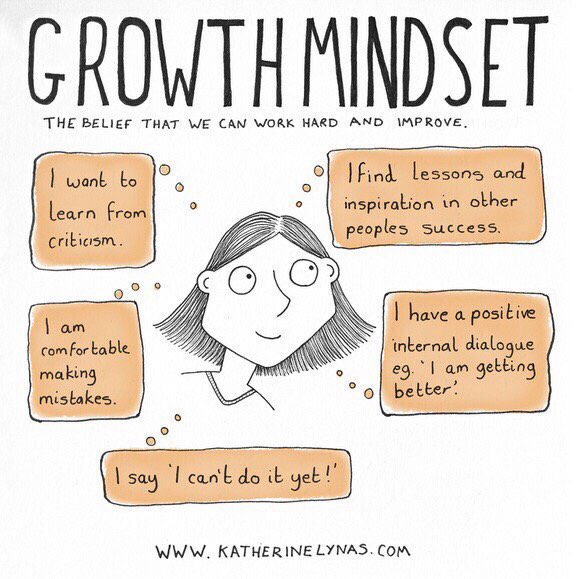It’s been quite a while since I reflected here. I had been trying to write once a week, and when winter break came, I found myself exhausted, frustrated, and ready for rest. After break, upon returning to work, I started with a positive attitude, and a new direction in mind. This was quickly depleted after a week of grading Interim Comprehensive Assessments that our students took before break, and having my calendar changed several times by others who were “dictating” to me what my priorities are and how I should attend to them.
I found myself trying once again to follow the dictates given to me, get everything done, and tell myself I was supporting teachers in doing so. Instead, I found myself angry; angry that I couldn’t do what I know to be important in creating strong learning communities in our elementary classrooms, and angry that I couldn’t do what I was originally told my job description was, to support mathematics learning in our elementary schools.
I had a discussion with my immediate supervisor and our director, was told I couldn’t possibly support all our sites and teachers, and we can’t always hear what we want to hear. I then attended a training session for principals on a math support software program our district purchased and heard the principals being told that I was going to be the support for implementation and learning. I found myself feeling stuck between a rock and a hard place, and starting to have conversations about whether or not I was really effective where I was, or if I should be doing something else. I have tried to balance my work and life, and found myself having to skip the things that mean so much to me and have a large part in my becoming the teacher I am, my twitter chats, because I can’t possibly do everything that I have been told are my priorities during the day. Because of meetings, workshops, and other things I am required to attend, I have limited time to actually support sites, plan for math lead meetings (another post), and currently, observe classrooms at sites to complete a criteria for success rubric required because of our new math adoption.
I had reached a point where I was leaning toward moving back into a classroom next year, for no other reason than I knew I would feel successful there. I know that I affect learning for students in a positive way when I am in direct contact with students. I am not at all sure that I affect student learning in a positive way when I am not in direct contact with them at this time, and this is something that I am going to be required to show in some manner with artifacts and student outcomes. This is obviously something that is important to me, and something I have been striving to do, but is currently causing me a lot of stress.
I reached a point where I knew I had no control over any of this. I had to let it go, and just focus on what was right in front of me. This past week I found myself on three different sites, for different reasons. In my interaction with the administrator at the first site, after our discussion when I stood up to go, she came around her desk and said, “I need to give you a hug. Thank you so much for being the wealth of information you are.” I almost cried right there. I did walk out with a little spring in my step that hadn’t been there for quite a while. At the next site, after classroom observations and a discussion with several principals and other personnel, the principal stopped me as we were all leaving. We had a short conversation and her parting words to me were, “Thank you for doing the work you are doing. You are fighting the right fight, and you need to continue to do this.” Again, I was nearly in tears, and walked away with many thoughts and reflections from that. The last interaction was simple. I was at a site to meet with a group of teachers, and before we started the principal leaned into the room and said, “Thank you for being here, and for being the great source of information you are.” Deep breath, we’re about to have a meeting.
I’m not a fighter. I am someone who cares for others deeply, does all they can to build them up, and encourage them to be all they can be. When I have to confront others, my heart races, my palms get sweaty, and I have to constantly remind myself why I am confronting them and standing for the things I do. I like to encourage, support, and build. I don’t like to have to speak to others using strong words. A co-worker said to me Friday, “maybe that’s why you’re here.” Hmmmmm. OK, I’ll bite.
My focus is students. Their learning, their success, their emotional well being. Pure and simple. If I have to fight for that, I guess that’s what I need to do, no matter how uncomfortable it makes me, no matter how often I tear up and how much my heart races. Even if I say stupid things in my anxiety, make mistakes about how I speak to others, and forget things I wanted to say because I get hurt or angry in the interactions. I am still learning, and in the end, it’s about the kids. They are worth anything I might have to experience.




